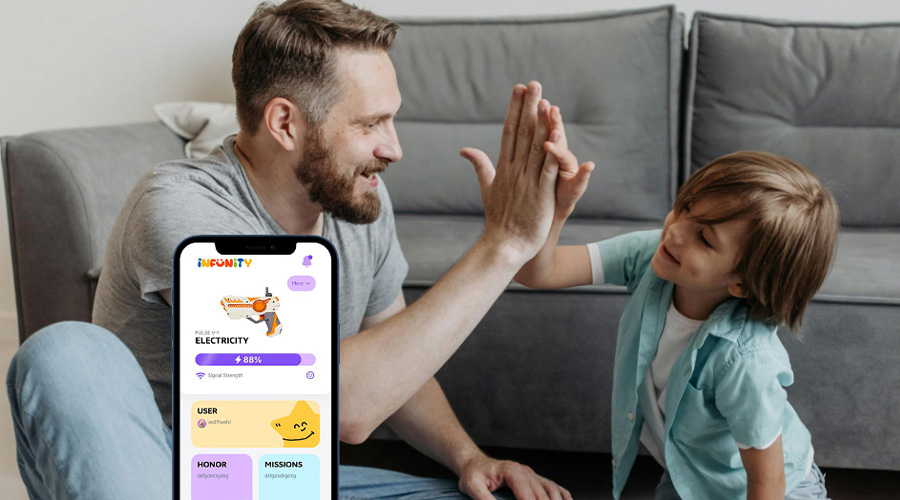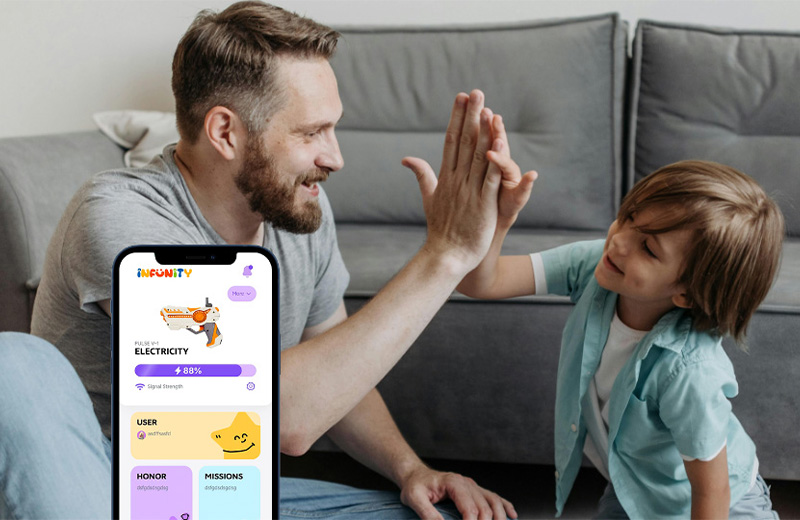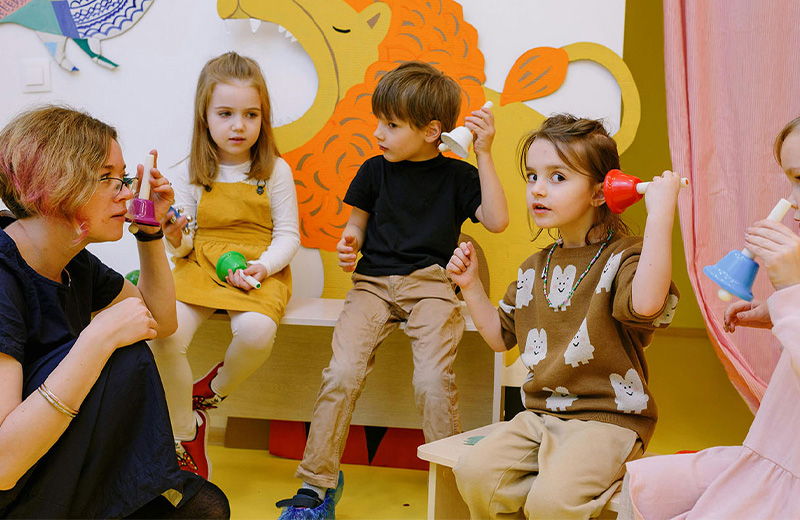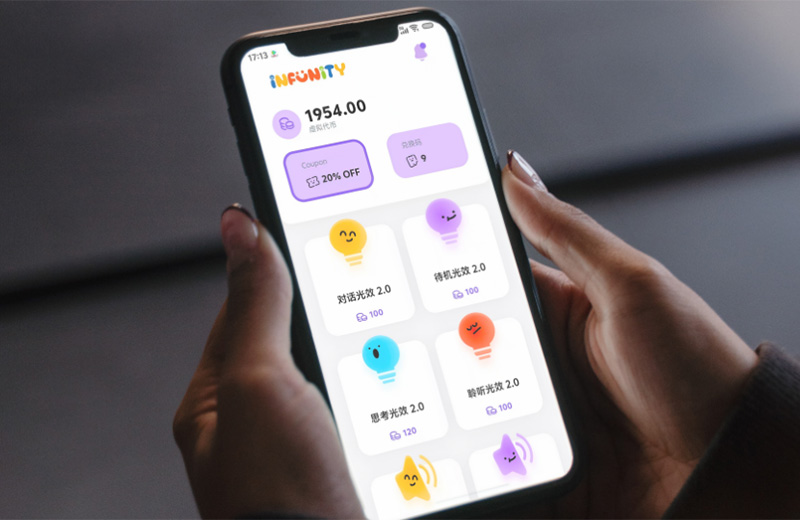The next generation of toys is no longer about plastic shells or flashing lights, but about intelligence, adaptability, and engagement. AI-powered robotic toys combine learning with play, creating an experience that feels less like pressing a button and more like having a conversation.
From Passive Play to Interactive Companionship
Traditional toys entertain. AI toys interact. When a toy can recognize objects, respond to a child’s voice, and even remember past conversations, relations are reformed entirely. Play becomes a mutual process, evolving with the child’s curiosity.
INFUNITY’s Contribution in AI toys
Shenzhen-based INFUNITY is pushing this transformation forward. Its Pulse V-1 AI toy blaster blends shooting play with intelligent interaction. It can scan objects, engage in voice conversations, and connect to an app that lets children complete daily tasks, earn rewards, and build a sense of achievement.
This design allows children to live out their hero dreams while also gaining language skills, logical thinking, and emotional growth along the way.

The Market Signal Is Clear
The global toy industry has always mirrored cultural shifts: plastics in the 20th century, digital screens in the 2000s, and now, intelligence. Parents increasingly seek toys that add educational value to entertainment. The trend of smart speakers in families has been an early signal. AI toys will be the next step forward.
Why It Matters
AI toys are not replacing traditional play; they are redefining it. They merge physical interaction with digital responsiveness, bridging the gap between hands-on engagement and cognitive stimulation. For manufacturers, this means building ecosystems instead of standalone products. For children, it means play that feels more alive than ever.
The future toy does not just throw light effects. It listens, adapts, and grows with the child. That is why AI-powered robotic toys are not a trend to pass—they are the future of play.




 Recommended for You
Recommended for You
















